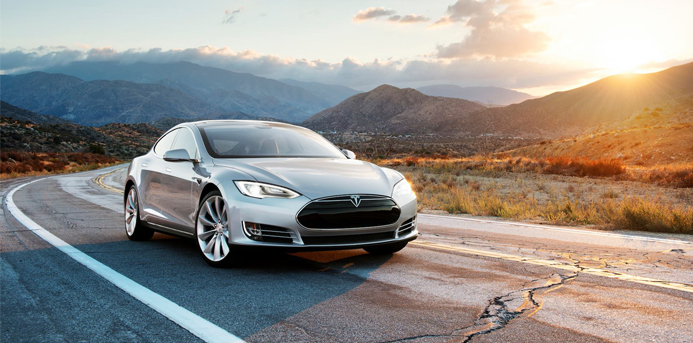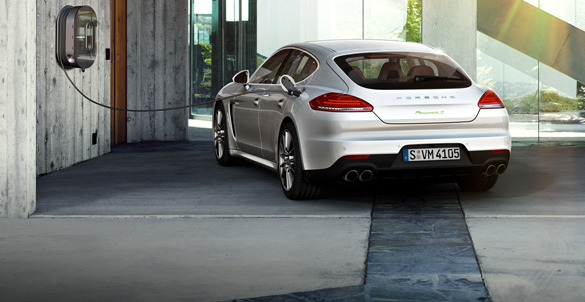Understanding the options available is important for today’s car buyers looking to save money and the environment.
Driving a green car is like playing an exciting video-game for Wilmette native David Sloan. He likes to see how far he can go before visiting a gas pump. “I don’t know if I’m green or cheap,” he says. “The last time I filled up my car was in January.”
Sloan, president of the Chicago Automobile Trade Association, drives his Chevy Volt 27 miles to work each day in Oakbrook Terrace. He charges the Plug-in Hybrid Electric Vehicle at night and again after he arrives to work. Ninety percent of his miles are electric.
Sloan entered the category with the Ford Fusion Hybrid. Thrilled to get 47 mpg, he moved up to a more complex vehicle once he became comfortable with the technology. He recommends consumers take the same approach and start with a conventional hybrid.

Photo courtesy of Ford Motor Company
According to IHS Automotive in Michigan, Hybrids comprise about 3 percent of the total U.S. automotive market. It’s a dismal reality the U.S. Environmental Protection Agency intends to change by educating consumers. Check out its green vehicle guide here.
Green Cars 101
Green cars emit fewer greenhouse gases, which lead to global warming, and save consumers money on gasoline and oil, says Jeff Alson of the U.S. EPA. The main types of vehicles in this category include:
- Hybrid
- Electric
- Plug-in Hybrid Electric
“In terms of how you fuel it or drive it, a hybrid is no different than a conventional car,” Alson says. A gasoline engine charges the battery. When the charge runs out, the car relies on fuel.
Compared to a comparable, traditional vehicle, a hybrid, like the Toyota Prius:
- Gets 50 mpg opposed to the average 25 mpg
- Uses less oil
- Reduces annual greenhouse gas emissions by 2 tons for the driver who travels 13,000-15,000 miles per year
What hooked Sloan on hybrids is the engine’s ability to automatically shut off at red lights and the electric motor’s power to keep going. Speed was another selling point. “There are no gear changes,” he says. “It’s like driving a go-cart; you go from zero to 60 mph.”
For car aficionados with deep pocketbooks, Tesla (pictured top right) and Porsche manufacture high-end electrics that focus on performance. But beware: Electrics are good for short trips but aren’t suitable for long journeys. It changes your lifestyle, because drivers must plan ahead to avoid “range anxiety,” the fear of not making it to your destination.
It’s Easy Being Green
Is electricity in your area generated by coal-fired or nuclear power plants? Find out before buying an electric car, because coal emits more greenhouse gases than nuclear energy. In which case, a hybrid is the best choice, because it doesn’t use electricity. But realize that operating an all-electric car, like the Nissan Leaf, in areas that utilize energy from nuclear power, such as Washington State and California, results in a 70 to 80 percent reduction in greenhouse gas emissions. In Chicago, the EPA’s Alson estimates it’s about 40 to 60 percent.
The Best of Both Worlds
A Plug-in Hybrid Electric runs on gasoline and electricity. Once the battery loses its charge, it relies on fuel, which eliminates any concerns about range.
There is a price to pay: Conventional hybrids cost $2,000 to $3,000 more than their traditional counterparts, Sloan says. Electrics run an extra $7,000 to $10,000.
Automotive analyst Tom Libby, of IHS, projects growth of Hybrid and Electric cars to occur following 2016, as more options become available to consumers. But why wait, when your money can be spent somewhere besides the gas pump?
Top right photo courtesy of Tesla Motors


